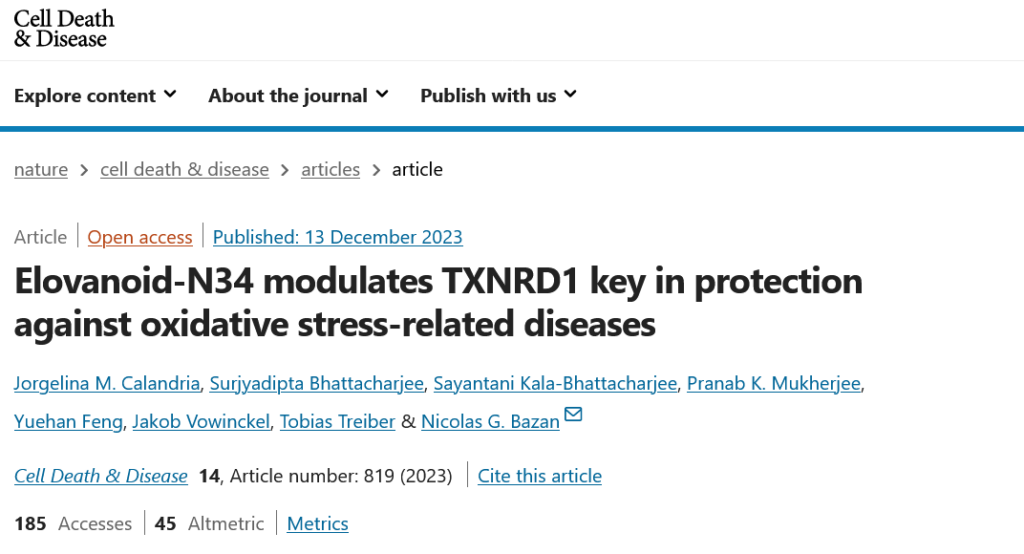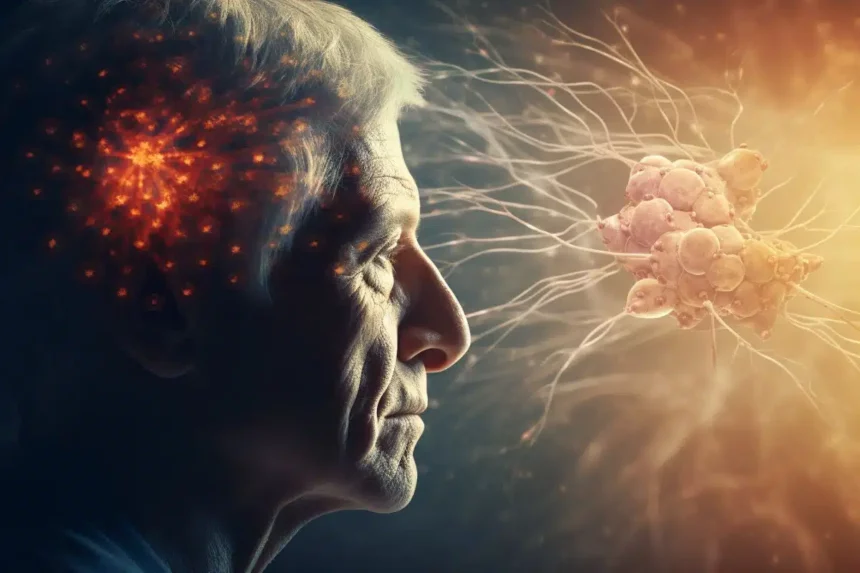A groundbreaking discovery by scientists at LSU Health New Orleans’ Neuroscience Center of Excellence, spearheaded by Dr. Nicolas Bazan, reveals a novel mechanism governing a protein crucial for cellular survival. This protein regulation serves as a defence against heightened oxidative stress, a precursor to neurodegenerative disorders affecting the brain and eyes. Published in the journal Cell Death & Disease, the finding goes beyond traditional transcriptional modulation, indicating potential protective impacts against oxidative stress-related diseases and lifespan extension.

Dr. Bazan, the Ernest C. and Ivette C. Villere Chair for Retinal Degenerations and Bollinger Family Professor in Alzheimer’s Disease explains, “We found that Elovanoid-34 modulates the activity of the protein, TXNRD1, which is central to the initiation cascade of oxidative stress.” Elovanoid-34 belongs to a class of molecules discovered by the Bazan lab that facilitates cell-to-cell communication and immune activity in response to injury or disease.
Elovanoids, bioactive chemical messengers derived from omega-3 very long-chain polyunsaturated fatty acids, are released on demand during cell damage or stress. The study, conducted in collaboration with Biognosys AG, a Swiss company, employed proteomics to identify proteins influenced by Elavamoid-34. Out of 130,000 protein sequences, only one changed in structure upon contact with Elovanoid-34 – TXNRD1.

TXNRD1 is a vital component of the antioxidant system, Glutathione, and regulates Ferroptosis, a form of cell death. In conditions like Age-Related Macular Degeneration, where retinal pigment epithelial (RPE) cells face excessive oxidative stress, Elovanoid-34 can rescue these cells, preventing retinal neurodegeneration and blindness.
Dr. Bazan concludes, “This breakthrough discovery opens new therapeutic avenues for various pathologies and the promotion of successful ageing of the nervous system.” The study suggests promising directions for targeted therapeutics in age-related diseases, stroke, ALS, traumatic brain injury, and the maintenance of healthy ageing. The research received support from the National Eye Institute of the National Institutes of Health and the Eye, Ear, Nose & Throat Foundation in New Orleans.








